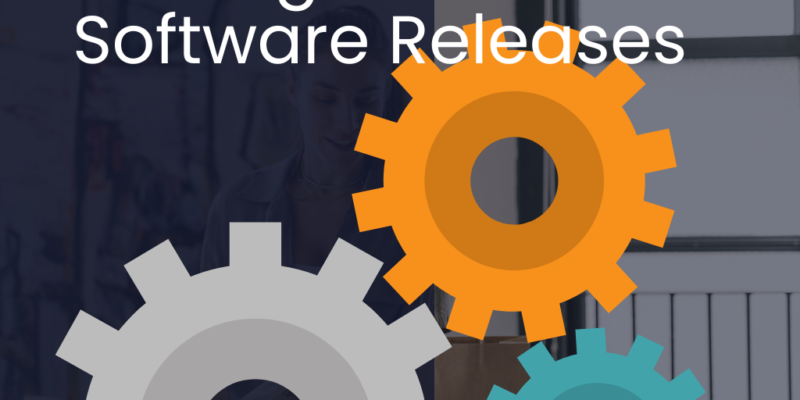
Introduction
As the software development lifecycle progresses, ensuring the stability and reliability of the software becomes increasingly critical. One of the key methodologies employed to maintain software stability is regression testing. This article explores various regression testing strategies aimed at achieving stable software releases. From understanding the concept of regression testing to implementing effective strategies, we will delve into the best practices for safeguarding software stability throughout its lifecycle.
I. Understanding Regression Testing
Regression testing is a quality assurance process that verifies whether recent changes to the software, such as bug fixes, enhancements, or new features, have adversely affected existing functionalities. It involves re-executing previously conducted test cases to ensure that the modifications haven’t introduced unintended side effects or regressions. The primary goal of regression testing is to maintain the integrity of the software by detecting and addressing issues that may arise due to code changes.
II. Importance of Regression Testing for Stable Releases
- Ensuring Continual Stability: With each iteration of development, new code is introduced, potentially impacting existing features. Regression testing ensures that these changes do not compromise the stability of the overall software.
- Detecting Unintended Consequences: Modifications to code may inadvertently lead to unexpected consequences elsewhere in the software. Regression testing helps in identifying these unintended side effects, preventing them from reaching the production environment.
- Supporting Agile Development: In Agile and iterative development models, where frequent changes are made, regression testing becomes indispensable. It enables teams to maintain a rapid development pace without sacrificing software stability.
III. Regression Testing Strategies
- Complete Regression Testing: This strategy involves executing the entire suite of test cases for every software release. While thorough, it can be time-consuming and resource-intensive. It is typically employed in scenarios where the software has undergone significant changes, and a comprehensive validation is necessary.
- Selective Regression Testing: Selective regression testing focuses on executing a subset of test cases that cover the modified or impacted areas of the code. This strategy optimizes testing efforts by targeting specific functionalities affected by recent changes, reducing the time required for testing while maintaining adequate coverage.
- Test Automation: Automated regression testing involves creating scripts to automatically execute test cases. This strategy is especially effective for repetitive and time-consuming tasks. Automated tests can be run more frequently, ensuring rapid feedback on the software’s stability.
- Risk-Based Regression Testing: Prioritizing test cases based on their criticality and the potential impact of changes defines risk-based regression testing. This approach ensures that high-risk areas receive more attention, providing a balance between thoroughness and efficiency.
IV. Best Practices for Effective Regression Testing
- Maintain a Comprehensive Test Suite: A well-maintained test suite that covers all critical functionalities is essential. Regularly update and expand the suite to accommodate changes and new features.
- Implement Continuous Integration/Continuous Deployment (CI/CD): CI/CD practices help automate the integration and deployment processes, enabling frequent releases. Automated regression testing can be seamlessly integrated into these pipelines, ensuring rapid feedback.
- Version Control and Baseline Testing: Utilize version control systems to track changes in the codebase. Perform baseline testing to establish a stable reference point for future comparisons, aiding in the identification of regression issues.
- Collaboration Between Development and Testing Teams: Foster collaboration between development and testing teams to ensure a shared understanding of changes and their potential impact. Early communication helps in identifying critical test scenarios.
V. Overcoming Challenges in Regression Testing
- Resource Constraints: Limited resources may hinder comprehensive regression testing. Prioritize test cases based on criticality and impact, ensuring that high-priority tests are always executed.
- Test Data Management: Managing test data can be challenging, especially when dealing with large datasets. Develop strategies for efficient test data creation, reuse, and cleanup to support effective regression testing.
VI. Continuous Improvement and Feedback Loop
- Post-Release Monitoring: Implement monitoring tools to track the software’s performance and user interactions post-release. Real-time feedback provides insights into potential issues that may not have been identified during regression testing.
- Retrospectives and Process Optimization: Conduct regular retrospectives to analyze the effectiveness of regression testing strategies. Use feedback to optimize testing processes, refine test cases, and enhance collaboration between teams.
Conclusion
Regression testing stands as a cornerstone for stable software releases, ensuring the reliability of updates. Software Testing Training Institute in Aligarh, Delhi, Noida, Lucknow, and other cities in India recognize the significance of implementing effective strategies like complete regression testing, selective regression testing, test automation, and risk-based regression testing. These strategies are vital for maintaining a balance between thoroughness and efficiency in the testing process. By adopting best practices, overcoming challenges, and establishing a continuous improvement feedback loop, development teams can confidently deliver software updates that introduce new features while preserving the integrity and stability of the entire system. In a rapidly changing industry, robust regression testing remains indispensable for providing reliable software to end-users.











